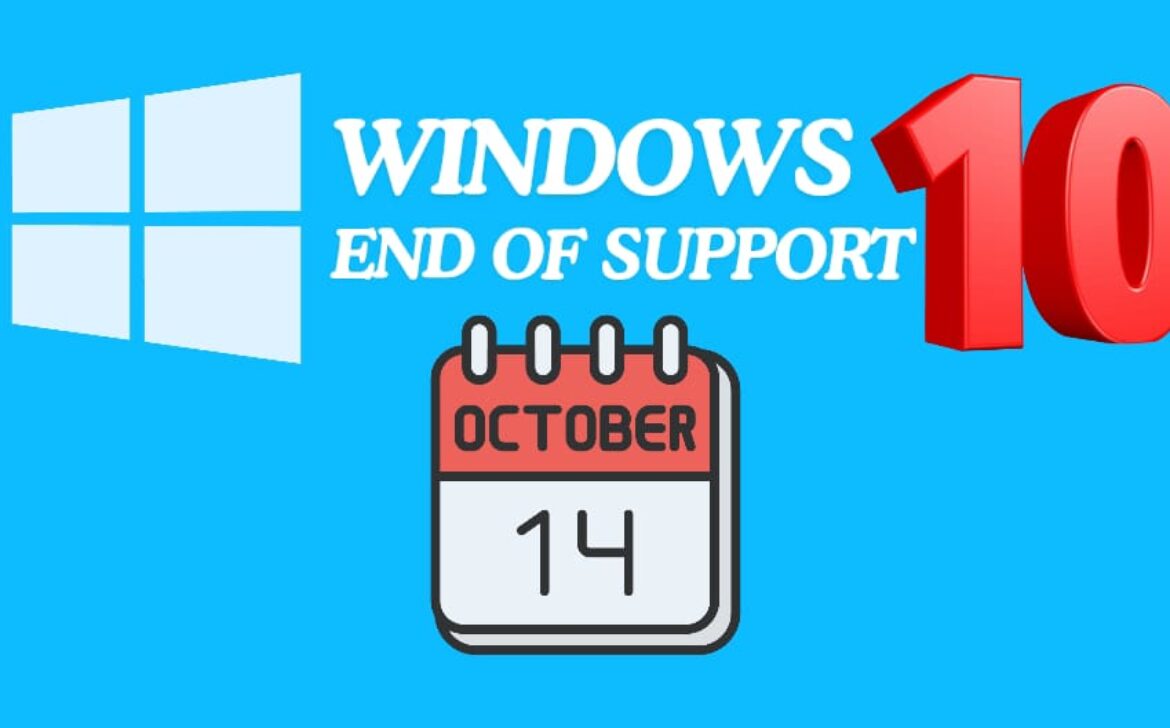College Application Timeline 2025: What Seniors Should Focus on This Fall
Included in this article:
- Overview of Fall Deadlines: Early Action and Early Decision
- Narrowing Down Your College List
- Writing Strong College Application Essays
- College Recommendation Letters: Tips for Seniors
- Managing Transcripts and Test Scores
- How Parents Can Support Seniors
- October Action Plan: Senior Year College Application Tips to Stay Ahead
As the new school year begins, high school seniors are facing an important phase in their college admissions. The fall semester is a critical period filled with tasks and deadlines that can shape the direction of your college journey. Staying proactive during this time helps you build a strong application that stands out to admissions officers.
Whether you are aiming for Early Action, Early Decision, or regular decision admissions, this blog guides you through a detailed college admission timeline for 2025, helping you focus on essential activities throughout the fall.
Overview of Fall Deadlines: Early Action and Early Decision
Beyond the excitement of a new school year, fall also brings a packed timeline of application tasks and deadlines that require careful attention. Most colleges have early action and early decision deadlines concentrated in the fall months, typically falling between early and mid-November. These early rounds of admission offer advantages such as a higher acceptance rate, but they also require early commitment and readiness.
Early Action (EA):
Early action allows students to apply ahead of the regular deadline, usually by November 1 or November 15, and receive their decision sooner, often by December or January. EA is generally non-binding, so you are not required to commit if admitted, which gives you the flexibility to compare offers and financial aid packages from different colleges.
Many students find EA a smart option because it shows their interest in the admission without locking them into one school. However, keep in mind that applying early means you will need to have your essays, test scores, and recommendations ready much sooner. If you’re considering EA, we suggest you start working on your application materials over the summer so you’re not overwhelmed in the fall.
Early Decision (ED):
Unlike EA, Early Decision is a binding agreement, meaning that if you are accepted you must enroll and withdraw applications from other colleges. ED deadlines usually overlap with Early Action deadlines, in early to mid-November, and decisions are released in December. The biggest advantage of ED is that it can improve your chances at selective colleges, as applying early signals strong commitment.
However, this option comes with certain limitations: you won’t be able to compare financial aid offers, and once admitted, you’re locked in regardless of cost. That’s why ED works best if you have a clear first-choice school and feel confident about your family’s ability to manage the expenses.
Practical Tip: Before applying ED, talk with your parents about finances, review the school’s net price calculator, and make sure it’s truly your top choice.
| Application Type | Binding? | Typical Deadline | Decision Release | Key Advantage | Key Consideration |
| Early Action (EA) | No | Nov 1 – Nov 15 | Dec – Jan | Higher chance of admission, early feedback | Non-binding, can compare offers |
| Early Decision (ED) | Yes | Nov 1 – Nov 15 | Dec – Jan | Often higher acceptance rates | Must commit if accepted |
| Regular Decision (RD) | No | Jan 1 – Jan 15 | Mar – Apr | More time to prepare | More competitive, late decisions |
It is important to stay aware of these timelines, since missing them can mean losing the advantages of applying early, such as potentially higher acceptance rates. So, make sure to mark these dates on your calendar and start making a list of colleges with their deadlines.
Narrowing Down Your College List:
Application deadlines are important, but it’s just as important to know which schools you plan to apply to. Selecting the right colleges can feel like one of the most challenging parts of the whole process.
To ease the stress of choosing, begin by creating a balanced college list tailored to your strengths and goals. For the list, you can start by categorizing the colleges into three groups:
- Reach school:
These are the institutions where admission is competitive. While admissions are not guaranteed in reach schools due to a low acceptance rate, it is still worth the shot considering the opportunities that are offered by these institutes. Even if your GPA or test scores are on the lower end, a strong essay or unique extracurriculars can sometimes help you secure admission.
- Match schools:
The match schools represent the sweet spot in your list. Your application profile in a match school should align with the average students that are admitted there. Choose your match schools based on what personally seems like a better fit for you.
- Safety Schools:
And in the last, for some added safety, you should keep a list of schools that you are almost guaranteed to be admitted to. If your profile is stronger than the average admitted student in the college, it falls under this category. These schools often increase your chances of both admission and scholarships.
Once your list is in place, the next step is to focus on how you present yourself through your essays.
Writing Strong College Application Essays:
Your college essay is your chance to speak with your admissions officers, showing them who you are beyond grades and test scores. As part of your college application timeline, fall is the perfect time to begin shaping your essay, since deadlines are just around the corner. To make your writing stronger and more impactful, keep these key points in mind:
Start Early and Give Yourself Time:
Beginning your essay early gives you the freedom to try out different ideas without feeling rushed. Over the summer or at the start of fall, jot down stories or experiences that shaped you. For example, you might compare writing about a sports challenge with a meaningful family story. Starting ahead means you’ll have time to rewrite and polish your essay so it feels natural.
Keep It Authentic and Avoid Cliches:
Admissions officers read thousands of essays, and many sound the same. Instead of repeating common lines like “I learned teamwork,” show your real experiences. For example, rather than just saying you gained leadership skills, describe how leading late-night debate practices taught you patience and persistence. Simple, honest details will make your essay stand out.
Connect Your Story to the College Prompt:
Every school has its own essay prompts, so make sure your response feels tailored. If you’re passionate about science, link your goals to a program, lab, or professor at that college. Showing a clear connection proves genuine interest and helps admissions officers see you as a good fit.
While the essay must represent your voice, ask a teacher, counselor, or mentor to review your essay draft. They can catch errors, suggest improvements, and help ensure your ideas come across clearly.
College Recommendation Letters: Tips for Seniors
After focusing on your essay, the next part of your college application timeline is gathering recommendation letters. These letters not only represent your connection with teachers and mentors but also highlight your character, abilities and potential which is why it’s best to start gathering them well before the deadlines.
It all starts with choosing the right teachers. Ideally, ask teachers from core subjects like English, math, or science, especially those who know you well and can speak about your progress. Their familiarity with your efforts allows them to write with greater depth and authenticity.
Furthermore, timing is equally important. Reach out in early fall, a few weeks before your application deadlines, so your teachers have plenty of time to write. To make the process easier, share helpful details such as your achievements, extracurricular activities, or future goals. Mentioning the colleges you plan to apply to also helps teachers tailor their letters more effectively.
Once the request is made, it is recommended to stay in touch with gentle reminders if deadlines are approaching, but avoid adding pressure. After the letters are submitted, always express genuine gratitude with a thank-you note, message, or small gesture.
Managing Transcripts and Test Scores
Strong recommendation letters give admissions officers a sense of who you are beyond grades. The next piece of the puzzle is how your academic record itself gets presented. Your grades and test scores might look like simple numbers on paper, but they carry a lot of weight in admissions. By planning and managing your transcripts and SAT/ACT scores beforehand, you can avoid mistakes and save yourself from last-minute stress. To make this process easier, here’s a practical breakdown you can follow:
| Task | Why It Matters | Tips & Timings |
| Request official transcripts | Colleges require official transcripts sent by your school; missing or late transcripts can delay admission or financial aid. | Ask your counselor in early fall, ideally 3–4 weeks before the deadlines. Submit requests with your college list. If your school mails paper transcripts, request earlier to allow postal time. |
| Check transcript accuracy | Any small errors (wrong grade, missing course, misspelled name) can cause delays or confusion. | Review your transcripts as soon as they are available. Compare them with your report cards and request any corrections immediately. |
| Send official SAT/ACT scores | Some schools require scores from the testing agency (not self-reported). Sending official scores proves authenticity. | Once you have your scores, order reports from the College Board/ACT. Send them early, especially if the scores are above the school’s average. |
| Confirm receipt & follow up | Colleges sometimes report “missing” documents even after they’re sent; confirming avoids late surprises. | Check 1–2 weeks after your school or testing agency marks the item as sent by logging into each college’s applicant portal. If a document still shows as missing, contact your counselor and the admissions office with proof of submission, such as confirmation emails or screenshots. |
Staying organized here means your documents arrive on time and without errors. Once this part is in place, you can focus on the other pieces of your application with more confidence.
College Application Checklist: How Parents Can Support Seniors
As a student focuses on college applications and deadlines, having a supportive environment at home can make a big difference. Parents can support their high school seniors through college applications by guiding them, offering resources, and keeping the process organized.
- Keep Track of Deadlines Together:
A college application typically involves various parts such as essays, transcripts, test scores, letters and more. Parents can help by keeping a shared calendar or spreadsheet with visual elements to track each item’s due date. For example, you can color-code deadlines by priority—early action, early decision, and regular decision. This can help you and the student see what needs immediate attention and what can be tackled later.
- Support Research and Campus Visits:
Exploring colleges becomes more meaningful when parents join campus visits, attend fairs, and discuss observations. Encourage your teen to note academic programs, extracurricular options, and campus culture to make informed choices for their reach, match, and safety schools.
- Monitor the Progress and Motivate:
While students handle the work, gentle, open-ended questions like, “Which essays are you focusing on this week?” or “Have you confirmed your recommendation letters?”, from parents can help them stay on track. At the same time, celebrating small milestones, such as completing a draft or submitting a transcript, keeps the motivation high. This balance ensures your teen stays accountable without feeling pressured.
- Plan Finances and Financial Aid Early:
Money is a major factor in college decisions. Sit down with your child to review expected costs, scholarship options, and forms like the FAFSA and CSS Profile. If your family qualifies for need-based aid, encourage early submission to maximize opportunities.
- Offer Encouragement and Emotional Support:
Applying to college can be exhausting, with deadlines, interviews, and standardized tests all converging at once. Your encouragement, whether through words of reassurance, celebrating progress, or simply listening, can make a huge difference. Even small gestures, like checking in over breakfast or helping create a quiet study space, can reduce stress and show your teen that you are in their corner.
When parents and students share the workload and keep communication open, the whole process feels less like pressure and more like teamwork.
October Action Plan: Senior Year College Application Tips to Stay Ahead
October is one of the busiest months for high school seniors. With early action (EA) and early decision (ED) deadlines approaching, it’s crucial to stay organized and proactive. By focusing on the right priorities this month, you can ensure all parts of your application are complete and polished while keeping the process more manageable. Here are some practical tips to help you make the most of October:
- Finalize Your College List:
If you haven’t already, October is your time to settle on where you are going to apply and start submitting applications. Submitting Early action and Early decision applications can sometimes improve your chances at selective colleges, so do not miss this opportunity.
- Polish Your Essays:
By now, you must have your essays completed so you can use this month to refine your essay and ask for feedback from your teachers. Make sure you tailor your essay as per the requirements of the school you are applying to.
- Confirm Recommendation Letters:
Take out some time to gently inquire from your teachers about the progress on your recommendation letters. A kind reminder helps prevent delays and ensures that each letter is submitted before the deadlines.
- Verify Transcripts and Test Scores:
Request confirmation that your school has sent transcripts and standardized test scores. Double-check each school’s applicant portal for accuracy and follow up promptly if anything is missing. Ensuring these documents are received on time is essential to avoid last-minute setbacks.
- Engage With Colleges:
Take advantage of virtual or in-person college fairs, webinars, and information sessions during this month. These opportunities let you ask questions, learn about campus life, and demonstrate interest, which can positively influence admissions decisions.
- Start Financial Aid Forms:
The CSS profile and FAFSA open on the first of October. Completing these forms early gives you more time to gather documents, compare award packages, and address any errors before deadlines. Early submission also allows you to focus on the remaining parts of your applications without overlapping stress.
Final Thoughts:
Fall can feel like a season of deadlines and decisions, but it is also a season of opportunity and dreams coming true. Every application that you complete and every essay you refine becomes part of a larger story that you have begun writing. While you have to face everything related to your college admissions with courage, you don’t have to do it alone.
So, as you move through these busy months, remember to acknowledge the effort you’ve already put in. If you want expert support with test prep, tutoring, or college applications, reach out to Prep Excellence today and let us guide you every step of the way.
Summary
The fall semester of senior year is a decisive stage in the college admissions journey. With Early Action and Early Decision deadlines approaching, October becomes a critical month for finalizing college lists, completing essays, and confirming recommendation letters. Seniors should also review transcripts, check test score submissions, and engage with colleges through fairs and info sessions. At the same time, financial aid forms like FAFSA and the CSS Profile open on October 1, making early submission essential. Families can play a key role by helping track deadlines, opening up honest conversations about finances, and offering encouragement along the way. By staying organized and proactive this fall, seniors can reduce stress and position themselves strongly for both early and regular decision applications.
Ready to submit standout college applications? Get personalized support with essays, test prep, and admissions guidance from Prep Excellence — your partner in every step toward college success.
Reviewed by Mst Zaineb Bintay Ali




